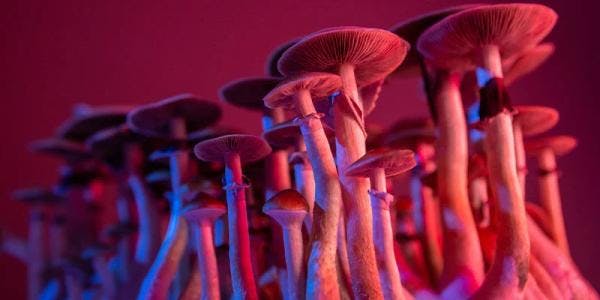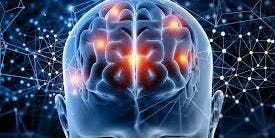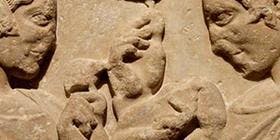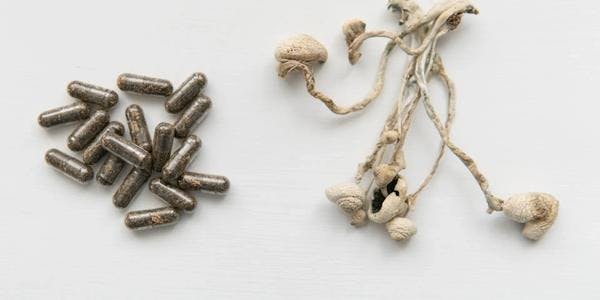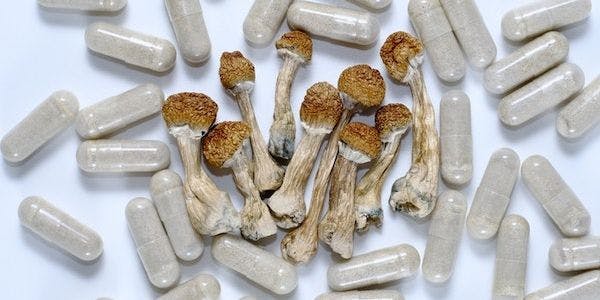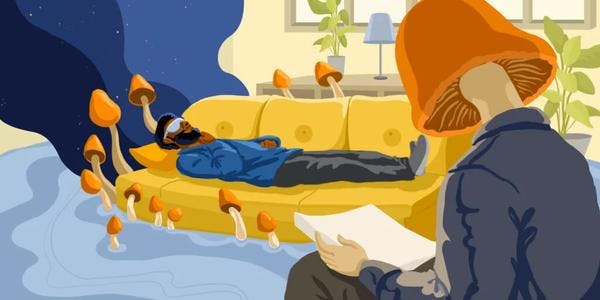Psilocybe mushrooms, known as magic mushrooms, have fascinated humans for ages. With transformative properties and a rich history in spiritual practices, their therapeutic potential is now in the spotlight. So, what should you know?
Blog and Resources
We are currently experiencing a resurgence of interest in psilocybin both in clinical research and alternative medicine. Microdosing is of particular interest, as a means to improve overall well-being and mental health. Psilocybin, the active compound found in psilocybe mushrooms, has a long and fascinating history of use for both spiritual and therapeutic purposes. These mushrooms, also known as ‘magic mushrooms’, have been used by indigenous cultures for centuries to induce altered states of consciousness and facilitate spiritual experiences
The History of Microdosing Psilocybin: Discover the remarkable journey of this therapeutic practice, from ancient indigenous rituals to modern-day scientific exploration—read on!
As our lives become increasingly stressful and complex, more and more people are turning to alternative approaches to navigate their mental health and overall well-being. One such modality that has gained popularity in recent years is psilocybin microdosing. But really, what are the benefits of psilocybin microdosing?
What is Microdosing? Microdosing is a therapeutic practice that involves taking small, sub-perceptual doses of psychedelic substances, such as LSD or psilocybin, to achieve therapeutic benefits. The aim of microdosing is to experience the positive effects of these substances while avoiding the more intense and potentially overwhelming experiences associated with larger doses. By taking microdoses, individuals may experience increased creativity, focus, and mood, as well as reduced anxiety and depression. It is thought that microdosing works by modulating neural networks and promoting neuroplasticity, leading to changes in behaviour, mood, and cognition. However, it is important to note that the therapeutic potential of microdosing is still being researched and it should only be attempted under the guidance of a trained healthcare professional.
Introduction to Microdosing Microdosing is a technique for using small amounts of psychedelic substances for therapeutic or self-improvement purposes. While the practice has been around for decades, it has recently gained popularity as more people seek alternative methods for addressing mental health concerns and enhancing cognitive functioning. However, microdosing does come with potential risks and benefits that should be carefully considered before starting. One important factor to consider when engaging in microdosing is the role of therapy in maximizing its potential benefits. A therapist can help individuals set intentions for their microdosing sessions, process experiences, and integrate insights gained from the experience. The therapeutic style of the therapist is also an important consideration, as different approaches may be more or less effective depending on the individual's needs and goals.
What is Microdosing? Microdosing refers to the act of ingesting minute quantities of a psychedelic substance, in amounts that are barely noticeable, over an extended period of time. This practice has gained popularity in recent years, as individuals seek alternative approaches to support their overall well-being. By consuming small doses, individuals aim to benefit from the potential therapeutic effects of these substances, without experiencing the full-blown psychedelic experience. The idea is to experience subtle changes in mood, cognition, or creativity, rather than intense alterations in perception. The practice of microdosing requires careful attention to dosage and safety, and should only be done under the guidance of a qualified healthcare professional.

